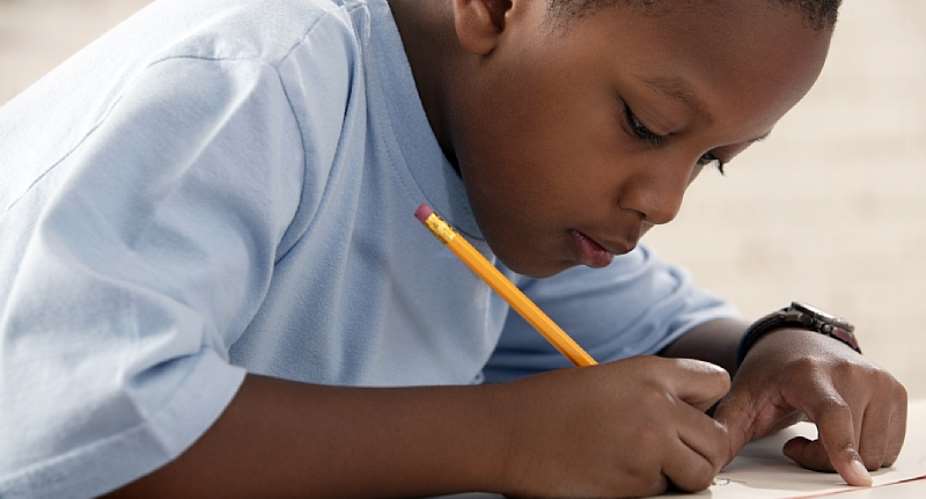Writing has become very hard for lots of kids even adults in some cases today.
With the introduction of laptops, tablets and smartphones, most find it hard to hold a pencil or form letters.
That is why as a parent, it is very important for you to learn how to help your child to write from home.
Here are 6 tips to help you teach your child to write:
Make It Fun
No kid will start writing letters properly with a pencil or a crayon at once. They will start writing only when the colours and patterns amuse them. Start off by showing them how to make random signs by using slate and chalk or magnetic doodle pads. Another exciting way to get a toddler interested in writing is by using sand, salt or wheat flour to draw random signs and letters and encouraging them to follow.
Developing Hand Muscles
Developing hand muscles is an important step in getting your child to write more and more. Playing with things such as clay or play-doh and holding different things with their hands will strengthen the hand muscles.
Enjoy Play Time
Your child can practice writing letters in mashed potatoes, sugar, flour or even shaving cream. Spread whatever substance you use on a table, in a shoebox lid or on a plate. Have your child use his pointer finger to draw letters and even write small words. Help him remember to move from top to bottom and left to right. Writing this way will help him learn how it feels to make the letters without having to worry about how to hold his pencil or crayon.
Use Raised Lines
Sometimes kids can’t feel themselves making letters when they write. Using raised line paper and textured surfaces can help. To get a textured surface, have your child put his paper on top of something bumpy, like sandpaper or a rough plastic placemat. If he needs to feel the lines with his pencil, ask his teacher for some lined paper or use wide-ruled notebook paper. Then trace the lines with fabric paint or school glue and let them dry. Your child’s pencil will “bump” the lines when he writes.
Highlight Lines
If your child has trouble staying within the lines when making tall letters (like “T”) and letters with tails (like “y”), it may help to make the lines easier to see. Use three different colored markers or highlighters to trace the top, middle and bottom lines on lined paper. This can help your child remember that tall letters start at the red line (for instance), small letters stay between blue and yellow and letters with a tail dip below the yellow.
Limit Digital Tools
Digital tools are something that you should make your kid stay off from during the initial years. Getting hooked on mobile phones will make them lose interest in writing. Also, avoid teaching them how to write on a tablet. This will not allow them to develop proper grip and control with a pencil or a pen. Although our lifestyle today is dominated by technology and it is impossible to keep a child away from them completely, it is worthwhile to restrict their exposure to the digital enhancements.
Conclusion
Climbing, sliding, swinging, hanging, pushing, pulling, digging, jumping, rolling, and running: these are all ways that your child develops the strength, coordination, sensory processing, and self-regulation skills for reading and writing. Outside is best, but there are certainly ways to do active play indoors
Use these tips and help our child to start writing. These may be the best gift you’ll ever give to our child.
About The Author
Emmanuel Asiedu is a Content Writer and a Home Tuition Analyst at Excellent Home Classes.
He helps connect parents and students to expert tutors all over the country.
You can reach him at www.excellenthomeclasses.com





 There’s nothing you can do for us; just give us electricity to save our collapsi...
There’s nothing you can do for us; just give us electricity to save our collapsi...
 Ghanaian media failing in watchdog duties — Sulemana Braimah
Ghanaian media failing in watchdog duties — Sulemana Braimah
 On any scale, Mahama can't match Bawumia — NPP Youth Organiser
On any scale, Mahama can't match Bawumia — NPP Youth Organiser
 Never tag me as an NPP pastor; I'm 'pained' the 'Akyem Mafia' are still in charg...
Never tag me as an NPP pastor; I'm 'pained' the 'Akyem Mafia' are still in charg...
 Your refusal to dedicate a project to Atta Mills means you never loved him — Kok...
Your refusal to dedicate a project to Atta Mills means you never loved him — Kok...
 2024 elections: I'm competent, not just a dreamer; vote for me — Alan
2024 elections: I'm competent, not just a dreamer; vote for me — Alan
 2024 elections: Forget NPP, NDC; I've the Holy Spirit backing me and nothing wil...
2024 elections: Forget NPP, NDC; I've the Holy Spirit backing me and nothing wil...
 2024 elections: We've no trust in judiciary; we'll ensure ballots are well secur...
2024 elections: We've no trust in judiciary; we'll ensure ballots are well secur...
 Performance tracker: Fire MCEs, DCEs who document Mahama's projects; they're not...
Performance tracker: Fire MCEs, DCEs who document Mahama's projects; they're not...
 Train crash: Railway ministry shares footage of incident
Train crash: Railway ministry shares footage of incident
